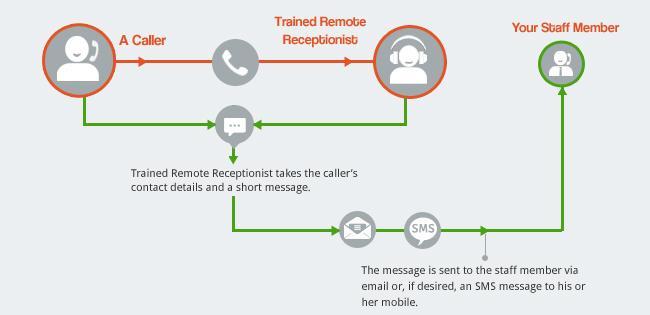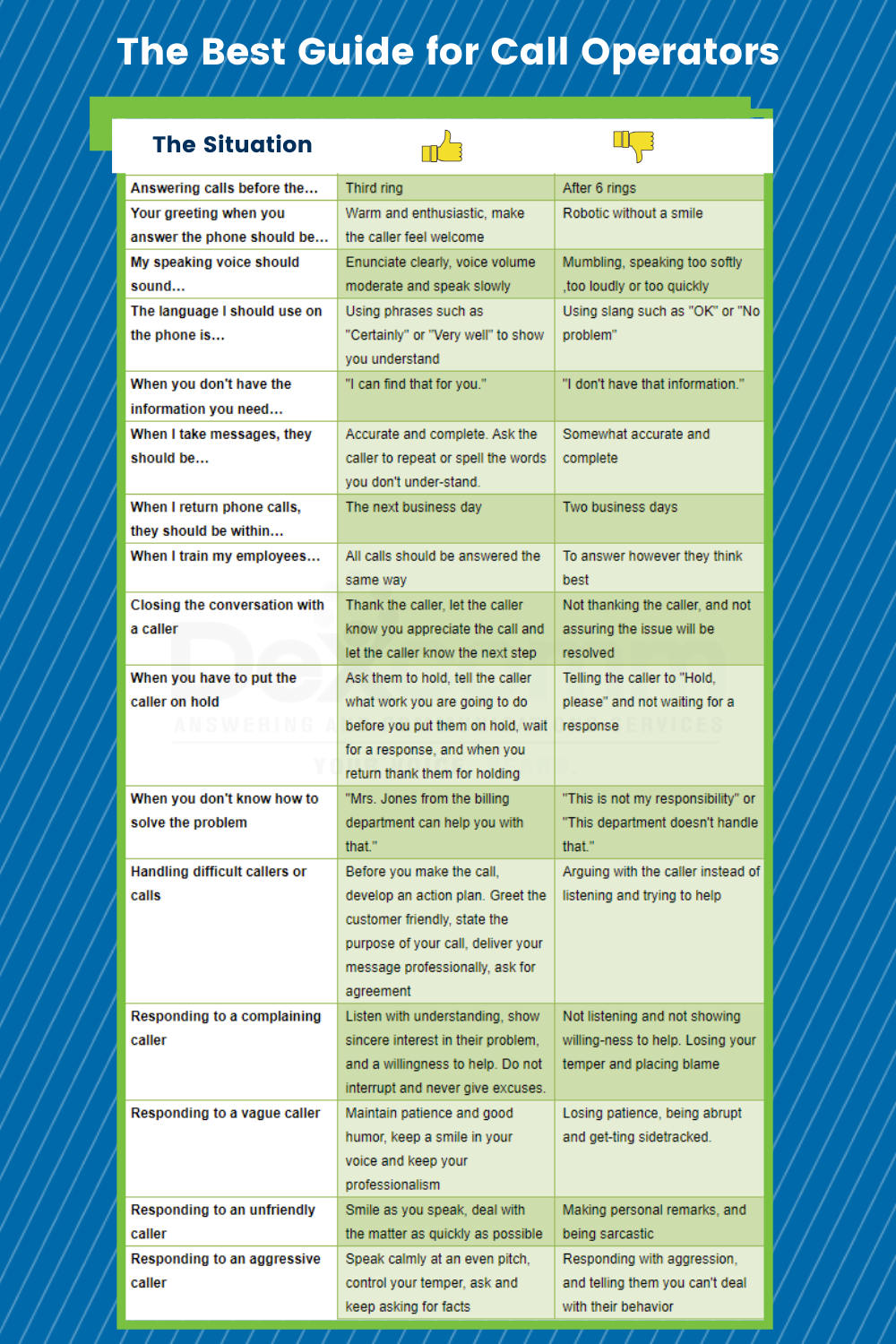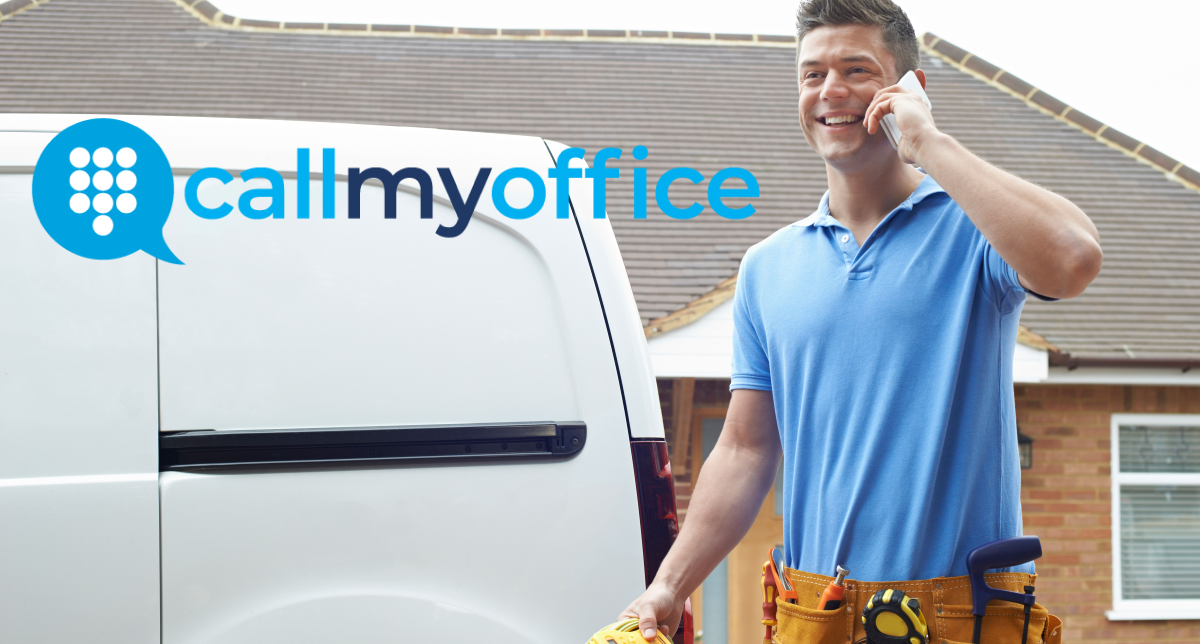All Categories
Featured
Table of Contents
- – How Much Should I Pay For Virtual Receptionist ...
- – Which Is The Best 6 Statistics That Prove Your...
- – What Is The Best Discover How To Set Up A Call...
- – Best Virtual Receptionist Perth - Local Phone...
- – When Are Best Professional Call Answering Ser...
- – A Better Outsource Answering Services In The...
How Much Should I Pay For Virtual Receptionist Perth - Local Phone Answering Service?
This gadget and its followers were created by Sava Jacobson, an electrical engineer with a private consulting organization. While early answering devices utilized magnetic tape technology, most contemporary equipment utilizes strong state memory storage; some devices use a combination of both, with a solid-state circuit for the outgoing message and a cassette for the inbound messages.
"toll saving" listed below) (business call answering service). This works if the owner is screening calls and does not wish to talk with all callers. In any case after going, the calling party should be notified about the call having been responded to (for the most part this begins the charging), either by some remark of the operator, or by some greeting message of the little bit, or dealt with to non-human callers (e.
This holds specifically for the TADs with digitally stored welcoming messages or for earlier machines (prior to the increase of microcassettes) with a special endless loop tape, separate from a second cassette, committed to recording. There have been answer-only gadgets without any recording abilities, where the welcoming message needed to notify callers of a state of current unattainability, or e (virtual answering service).
Which Is The Best 6 Statistics That Prove Your Business Needs A Phone ... - Blog Company

about accessibility hours. In tape-recording Little bits the greeting generally contains an invite to leave a message "after the beep". A voice mail that utilizes a microcassette to tape-record messages On a dual-cassette answerphone, there is an outgoing cassette, which after the defined number of rings plays a pre-recorded message to the caller.

Single-cassette voice mail contain the outbound message at the start of the tape and incoming messages on the staying area. They initially play the announcement, then fast-forward to the next readily available space for recording, then tape the caller's message. If there are numerous previous messages, fast-forwarding through them can cause a substantial delay.
This beep is frequently described in the greeting message, asking for that the caller leave a message "after the beep". Littles with digital storage for the tape-recorded messages do disappoint this hold-up, of course. A little bit might provide a push-button control facility, whereby the answerphone owner can call the home number and, by entering a code on the remote telephone's keypad, can listen to tape-recorded messages, or delete them, even when far from house.
What Is The Best Discover How To Set Up A Call Answering Service With A 7- ... To Get Right Now

Consequently the maker increases the number of rings after which it addresses the call (normally by two, leading to four rings), if no unread messages are presently stored, however answers after the set variety of rings (generally 2) if there are unread messages. This permits the owner to discover whether there are messages waiting; if there are none, the owner can hang up the phone on the, e.
Some machines likewise enable themselves to be remotely activated, if they have been changed off, by calling and letting the phone ring a particular a great deal of times (usually 10-15). Some provider abandon calls currently after a smaller number of rings, making remote activation impossible. In the early days of Little bits an unique transmitter for DTMF tones (dual-tone multi-frequency signalling) was regionally needed for push-button control, given that the previously utilized pulse dialling is not apt to convey proper signalling along an active connection, and the dual-tone multi-frequency signalling was implemented stepwise.
Any inbound call is not recognizable with respect to these properties in advance of going "off hook" by the terminal devices. So after going off hook the calls need to be switched to appropriate gadgets and just the voice-type is immediately accessible to a human, but perhaps, nonetheless must be routed to a LITTLE (e.
Best Virtual Receptionist Perth - Local Phone Answering Service Deals Near Me
What if I informed you that you do not have to really choose up your gadget when answering a consumer call? Someone else will. So practical, best? Addressing call does not require somebody to be on the other end of the line. Effective automated phone systems can do the technique just as effectively as a live agent and sometimes even much better.
An automatic answering service or interactive voice response system is a phone system that communicates with callers without a live individual on the line - reception services. When business use this technology, clients can get the response to a concern about your service just by utilizing interactions set up on a pre-programmed call circulation.
Although live operators upgrade the customer care experience, numerous calls do not need human interaction. An easy recorded message or guidelines on how a customer can retrieve a piece of details usually resolves a caller's instant need - answer phone service. Automated answering services are a simple and efficient way to direct incoming calls to the right person.
When Are Best Professional Call Answering Services: Everything You ... Sales
Notice that when you call a business, either for support or product questions, the very first thing you will hear is a pre-recorded voice greeting and a series of options like press 1 for client service, press 2 for queries, and so on. The pre-recorded alternatives branch off to other options depending upon the customer's selection.
The phone tree system helps direct callers to the best person or department utilizing the keypad on a smart phone. In some instances, callers can utilize their voices. It's worth noting that auto-attendant alternatives aren't limited to the 10 numbers on a phone's keypad. When the caller has actually picked their first choice, you can create a multi-level auto-attendant that utilizes sub-menus to direct the caller to the ideal kind of support.
The caller does not have to interact with a person if the auto-attendant phone system can manage their issue. The automated service can path callers to an employee if they reach a "dead end" and need help from a live agent. It is costly to work with an operator or executive assistant.
A Better Outsource Answering Services In The Usa - Start From $11/hr?
Automated answering services, on the other hand, are substantially less costly and offer significant cost savings at an average of $200-$420/month. Even if you do not have actually devoted staff to manage call routing and management, an automatic answering service improves efficiency by allowing your group to focus on their strengths so they can more efficiently spend their time on the phone.
A sales lead routed to customer care is a lost shot. If a client who has product concerns reaches the incorrect department or receives incomplete responses from well-meaning staff members who are less trained to handle a specific type of question, it can be a reason for disappointment and dissatisfaction. An automatic answering system can decrease the variety of misrouted calls, therefore helping your employees make better use of their phone time while maximizing time in their calendar for other jobs.
With Automated Answering Systems, you can produce a customized experience for both your staff and your callers. Make a recording of your main greeting, and just upgrade it routinely to show what is going on in your organization. You can produce as numerous departments or menu alternatives as you desire.
Table of Contents
- – How Much Should I Pay For Virtual Receptionist ...
- – Which Is The Best 6 Statistics That Prove Your...
- – What Is The Best Discover How To Set Up A Call...
- – Best Virtual Receptionist Perth - Local Phone...
- – When Are Best Professional Call Answering Ser...
- – A Better Outsource Answering Services In The...
Latest Posts
Tailored Real Estate Answering Service
High-Quality Live Answering Service Near Me – Australia
Cost-Effective Live Receptionist Service Near Me
More
Latest Posts
Tailored Real Estate Answering Service
High-Quality Live Answering Service Near Me – Australia
Cost-Effective Live Receptionist Service Near Me